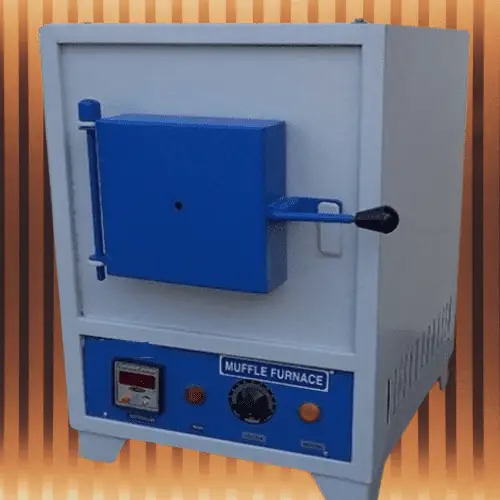Useful Incubator and its Principle 2023
An incubator in a microbiology lab is a specialized piece of equipment used to create and maintain controlled environmental conditions necessary for the growth and cultivation of microorganisms. It provides a controlled temperature, humidity, and often even CO2 levels to create an optimal environment for microbial growth and study. Microbiology incubators are essential for conducting … Read more

